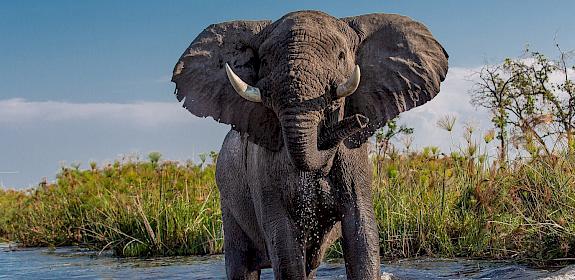Notes:
This report was made possible with support from the American people delivered through the U.S. Agency for International Development (USAID) through the Wildlife Trafficking Response, Assessment, and Priority Setting (Wildlife TRAPS) project. The contents are the responsibility of TRAFFIC and do not necessarily reflect the opinion of USAID or the U.S. Government.
This report was made possible with additional contributions from the German Partnership project, implemented by GIZ on behalf of the German Federal Ministry for Economic Cooperation and Development (BMZ) and the German Federal Ministry for Environment, Nature Conservation and Nuclear Safety (BMU); and the Asia Wildlife Enforcement and Demand Management project, funded by the European Union.
About Wildlife TRAPS
The Wildlife TRAPS Project, implemented by TRAFFIC and IUCN with funding support from USAID, is helping to forge cross-sectoral partnerships with government and experts in inter-governmental organisations, NGOs, academia, and the private sector to identify risk mitigation strategies to prevent future zoonotic spillover potential associated with trade in wild animals.
As well as social and behavioural change interventions, the Wildlife TRAPS project is supporting policy and regulatory reform efforts, including strengthening supply chain management systems. The identification of critical control points within wildlife trade supply chains will help target illicit and other high-risk wildlife trade practices that may facilitate the transmission of zoonotic diseases.





